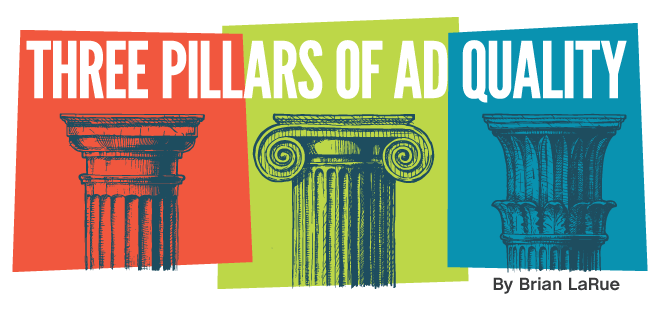
This is the first in a series of articles on ad quality written in conjunction with Ad Lightning; the second examines action steps for creative compliance and the third lists criteria for selecting ad quality providers.
It’s been a few years since this wave of disruptive pop-up redirects started appearing, overtaking screens and encouraging users away to click off scammy sites. And yet… redirects are still a “trending” topic.
It’s not just hype driving the trend. It’s safe to say, objectively, that the redirect problem has peaked in 2018. According to research conducted by Ad Lightning, the number of distinct final redirect URLs jumped roughly 30 percentage points from the end of 2017 to March of 2018, and it’s held fairly steady since March. The number of redirect paths (all the URLs between the link and the landing page) has increased by 59% from the first half of 2017 to the first half of 2018. That all suggests there are more types of redirects directed toward publishers, and possibly more bad actors pushing them out.
Redirects are no longer a problem we can brush off as a consequence of having a low-quality site, or of scrounging for change from any random exchange. AdMonsters’ own research shows no major SSP or exchange is immune—and in the end, even the most premium sites are affected.
Detecting bad ads is complicated, because it’s hard to detect new threats that haven’t been documented yet, and new threats emerge all the time. It’s one thing for ad quality vendors to operate using blacklists and whitelists, which is what many had relied on historically. But you can’t blacklist what you don’t know. Scanning creative at every link in the supply chain can be helpful in detecting various forms of “bad” creative. But scanning can also be labor-intensive, and it is a constant, unending process.
Increasingly, publishers are unsatisfied with reactive solutions alone. We’re seeing more vendors launching tools for real-time detection of malvertising threats and non-compliant creative. Publishers are also taking proactive steps on their own, and that’s where sandboxing comes in.
Sandboxing iframes isn’t breaking news—although it is developing news. The sandbox is an HTML5 attribute that you add to an iframe that prevents malicious scripts served by demand partners from coming out of the iframe and taking over the page without being initiated by the user. But it can cause some problems of its own. It can disable legitimate, user-initiated click-throughs if not implemented properly. It can hobble ad performance by disabling Javascript, Flash or Silverlight plugins, forms, or flex unit behavior.
Sure, sandboxing is customizable. It’s possible to enable behaviors that matter to certain legit campaigns. But your mileage may vary–this is a work in progress for just about everyone. And bad actors are always looking for ways to get around open-source solutions like sandboxing.
Sandboxing is a start, but it’s geared toward just one element of ad quality assurance. It starts to feel especially lacking when you consider redirects aren’t even the biggest quality worry for publishers right now. Ad Lightning research showed offensive ads and scareware were pubs’ top quality-related concern in 2018 (87% of survey respondents agreed), followed by ads that disrupt the user experience (85%), malware (82%) and slow-loading ads (81%). Redirects were fourth on the list (79%).
To peel it back, according to that same research, 28% of programmatic ads have at least one “significant” quality issue—which could mean malicious, offensive or non-compliant ads. Focusing so much on redirects unnecessarily narrows the “bad ads” conversation. It’s easy to get snowed by redirects, because they’re so disruptive and so pervasive. But it’s a good idea for publishers to zoom out, think about all of the ad quality issues they’re facing, and think about how they can address those issues as a category rather than breaking them into smaller individual pieces.
So let’s wrap up what digital media needs right now to combat bad ads, not just redirects. What publishers want is to shift the responsibility away from point solutions, and toward solutions that are sustainable and reliable in the long haul.
This is the first installment in a three-part series. Stay tuned for the second installment.